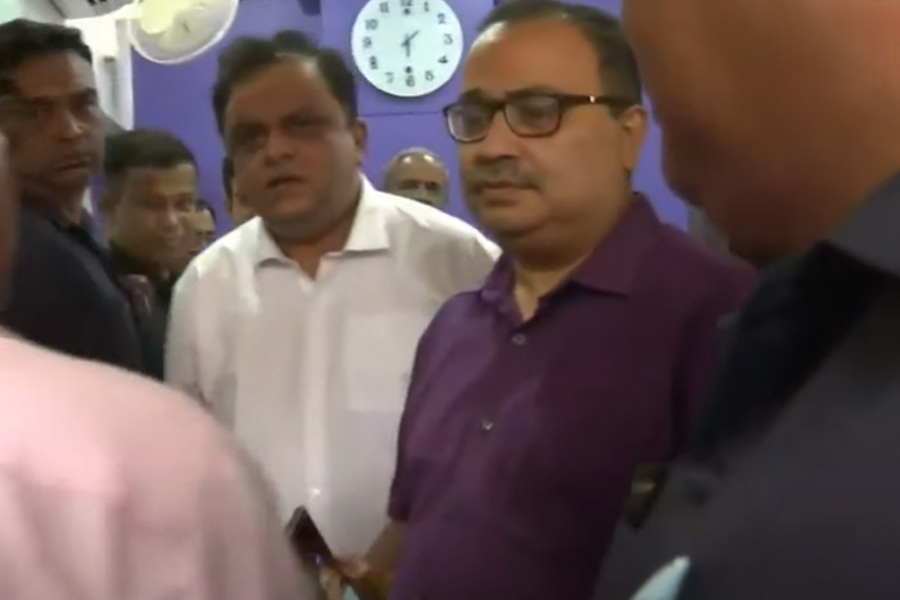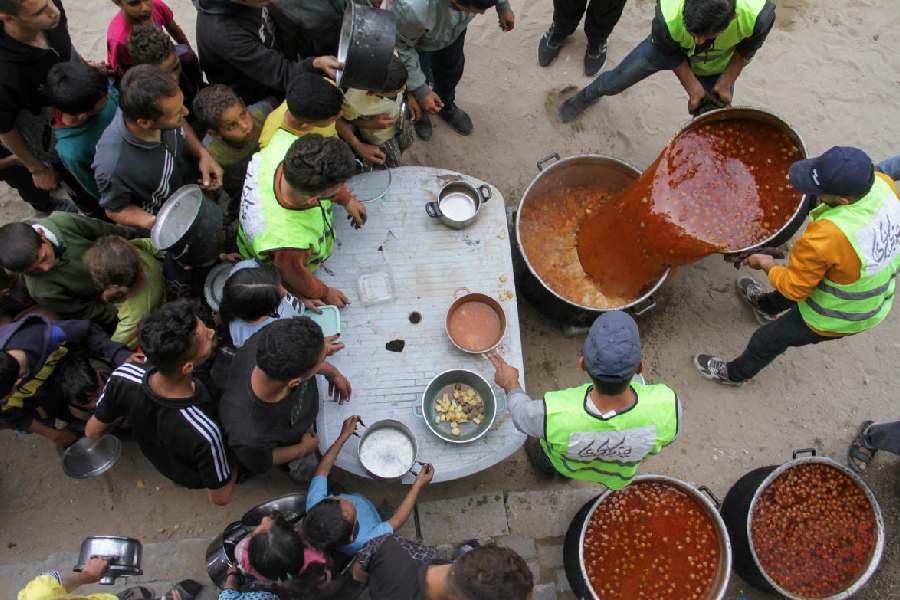In most years, there is a very specific climate pattern at the US Open.
The tournament starts at the end of the dog days of August, in the lingering heat and humidity of a New York summer. By the final matches, at the end of the first full week of September, it’s a good idea to bring a light sweater or a windbreaker to the Billie Jean King National Tennis Center.
Not this year. Not even close.
A first week filled with cool, breezy afternoons and crisp nights has given way to some of the hottest days — and nights — of the summer, with conditions that have brought some of the fittest athletes in the world nearly to their knees, even when they are playing in twilight and after sunset.
In a quarter-final match on Wednesday, Daniil Medvedev struggled to see the ball and relied on instinct to survive a grinding battle with his countryman and close friend, Andrey Rublev. For the second consecutive day, organisers used a new measure to bring relief — partially closing the roof of Arthur Ashe Stadium to shade the court.
“One player gonna die, and they gonna see,” Medvedev muttered in the middle of the match.
Even still, after Medvedev prevailed in straight sets in two hours, 47 minutes, he slumped on his chair, draping a towel packed with ice around his neck, his head between his knees, begging for water. Had the match stretched to a fourth set, Medvedev said he would have used the 10-minute break to take a cold shower, even though he knew it might make his body stiff as a board.
“I didn’t care, I was going for the shower,” said Medvedev, the skin on his face raw hours later from rubbing it with a towel too much.
As the planet warms, officials in every warm-weather sport are searching for a balance between safety and maintaining the belief that elite sports demand elite fitness and the ability to win in challenging conditions. International football has incorporated water breaks in extreme heat. Track and field has started scheduling marathons at dawn or at night.
Tennis, which has become more physical and taxing during the past 20 years thanks to improving racket and string technology and court conditions, is navigating the issue as well.
This week, that heat has been very big indeed. When it rises above 86° Fahrenheit, mitigation measures kick in, including the 10-minute break between the second and third sets of the women’s matches and the third and fourth sets of men’s matches.
Officials this summer had decided that when the index hit 90°F, he and his team would meet to consider whether to partially close the roofs at its two main stadiums, Louis Armstrong and Arthur Ashe.
It crossed that threshold on Tuesday, nearing 92 degrees Fahrenheit on the court during Coco Gauff’s quarter-final win over Jelena Ostapenko.
Had that match gone to a third set, the roof would have been partially closed, but Gauff won in straight sets. So officials shaded the court for the next match, Novak Djokovic’s straight-sets win over Taylor Fritz.
“We both struggled,” Djokovic said. “A lot.”
The New York Times News Service










